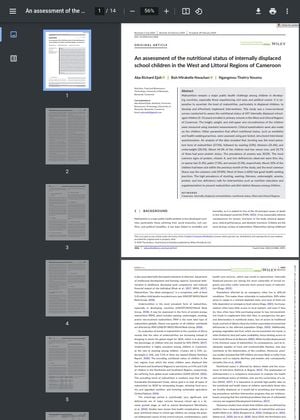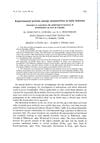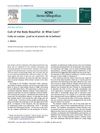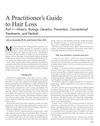Assessment of the Nutritional Status of Internally Displaced School Children in the West and Littoral Regions of Cameroon
April 2024
in “
Food science & nutrition
”

TLDR Many displaced schoolchildren in Cameroon are malnourished, with high rates of thinness, stunting, underweight, and deficiencies in iron and protein.
A study involving 657 internally displaced schoolchildren in the West and Littoral Regions of Cameroon found significant malnutrition issues. The overall prevalence of thinness was 21.6%, with more males (24.3%) being wasted than females (18.7%). The study also found that 27.1% of the children were stunted, an indicator of chronic undernutrition, and 20.1% were underweight. Clinical signs of malnutrition were present in 9.1% of the children, with thin, dry, or sparse hair being the most prevalent sign of protein deficiency (5.2%). The study also found that 44.5% of the children were iron-deficient, and 30% had anemia. The prevalence of protein deficiency was 38.7%, based on serum pre-albumin levels. The study concluded that the health and nutritional status of the displaced children is unsatisfactory, likely due to low nutrient intake, and recommended interventions to improve nutritional status, particularly among displaced families, and supplementary feeding of the children with food rich in protein, iron, and vitamin A.




